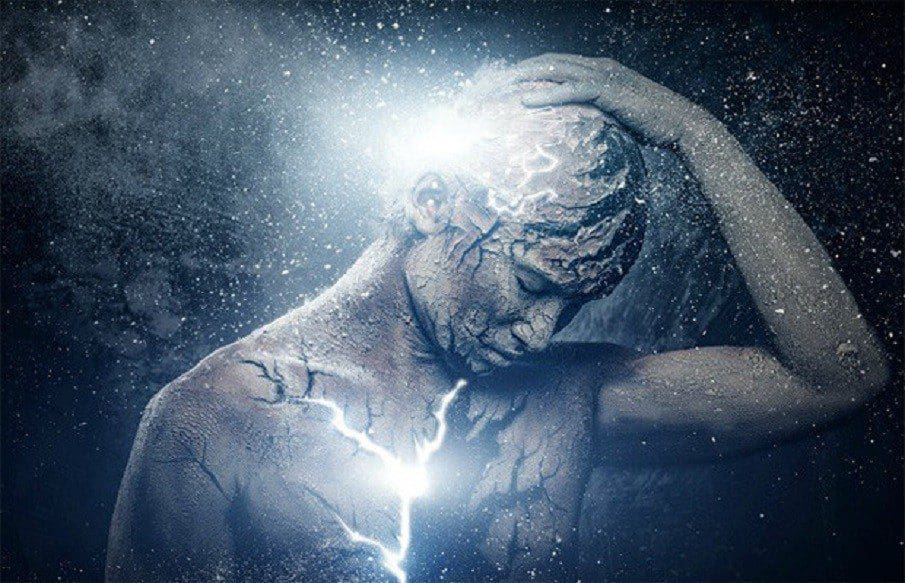
What is Gray?
In the 21st century, the world orbits around the concept of Gray. No longer are the days where things were looked upon as black and white and with the advent of Post-modernism, as the world plunges into the era of digitalization, everything is a pastiche juxtaposed to form a facade. A facade we wear every day, every moment, and beneath which lies the Gray.
And well, what is Gray? The answer might be the matter of subjectivity varying from religious perspective to secularism to sometimes annihilism. Some say Gray is nondescript, some say intermediate between black and white and some say mystery.
“Life is not black and white but all sorts of Gray,” said appropriately by Nicky Morgan, which stands out as the universal truth in this modern world. But even if it’s tempting to say that the world has always been Gray, Hinduism looks at it through a different lens.
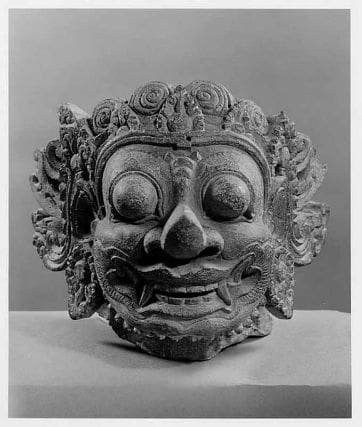
Well then, do we acknowledge Gray enough?
Acceptance of Gray means accepting our own demons, our flaws, and imperfections and that takes time. And while there might be eighteen hundred versions in all the eighteen Puranas, it is evident from the gradual staging of events that the concept of the intermingling of Dark and Light comes a long way indeed.
In the beginning, there was only darkness and the darkness gave birth to light – the cosmic egg or the ‘Kushmanda’ according to Hinduism. Kushmanda or as we call her the Adi Shakti, gave birth to the rest of the universe. In Scientific terms, the energy which existed before the creation or the destruction of the universe, the Zero Energy, consisted of all the light as well and the light would soon turn into darkness and remain as the Dark Energy – Mahakaali, even after the destruction of the universe. This might be a mirror reflecting how intrinsically woven these two aspects are – Black and white, yet not quite Gray, isn’t it?
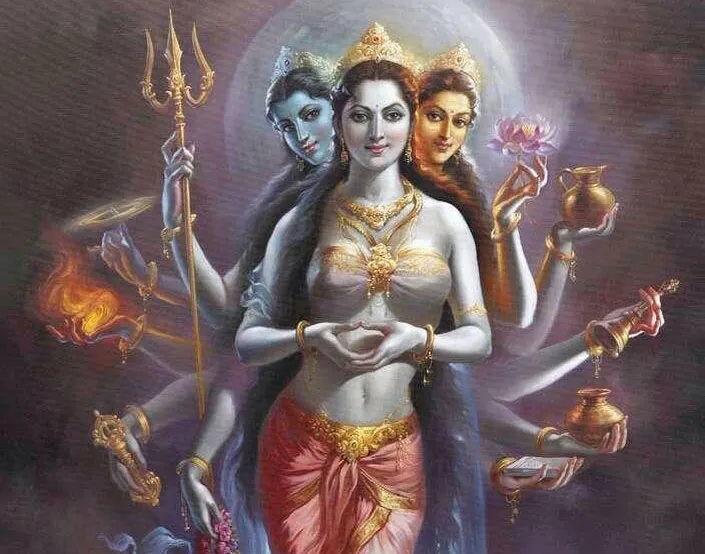
Gray, in terms of Yugas…
Once Hinduism started measuring eons as the ‘Chatur yugas’ (430,000,000 years in the context of the human years) and ‘Maha Yugas’ ( collection of the four yugas), we see a rapid transition in the ‘concept of Gray’ with the birth of Satyug. It is emphatically stated that there was no existence of ‘evil’ during this yug but with time it has seen its birth, given the form of the vileness that existed in two different worlds – The Devlog and Patallog. (Devas and Asuras)
But does that mean all Devas were distinctly good and Asuras were the embodiment of evil? Does this mean that Vishnu’s fourth avatar ‘Nrisingha’, showed an unforgivable act of brutality in front of Pralhad by eating the intestine of his father (Hiranyakashipu), could be justified in a benevolent light of goodness? And what about Lord Indra manipulating and goading asuras into most of the wars?
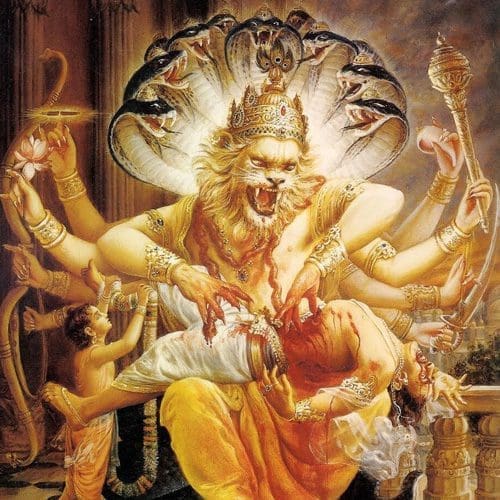
The transition from Satyug to Treta Yug saw the shrinkage of ‘evil’ from the different world to the same world and the introduction of social class systems – Brahmanas, Kshatriyas, Vaishyas, and Shudras. It is stated that the huge battle of Ramayana was fought during this time. Ram versus Raavan, Bharatvarsh versus Lanka. Good versus Bad in the same world but different lands.
But then, didn’t Raavan love his siblings? Didn’t Ram disrespect Sita by asking her to prove her purity?
And then according to Hinduism, after 3600 years, during Dwapar Yug, the ‘evil’ existed in the same family and can be proved by the tales of Krishna killing his uncle Kans and the famous Kurukshetra between the Pandavas and Kauravas. The shrinkage between good and evil has been spectacular during this period. The definition of right and wrong changed drastically as well.
But only a fool would say that Pandavas were all good and Kauravas were bad. Only a fool would say, Krishna, didn’t have flaws or his demons. And if it isn’t, then why did Duryodhana go to Heaven and the Pandavas to Hell?
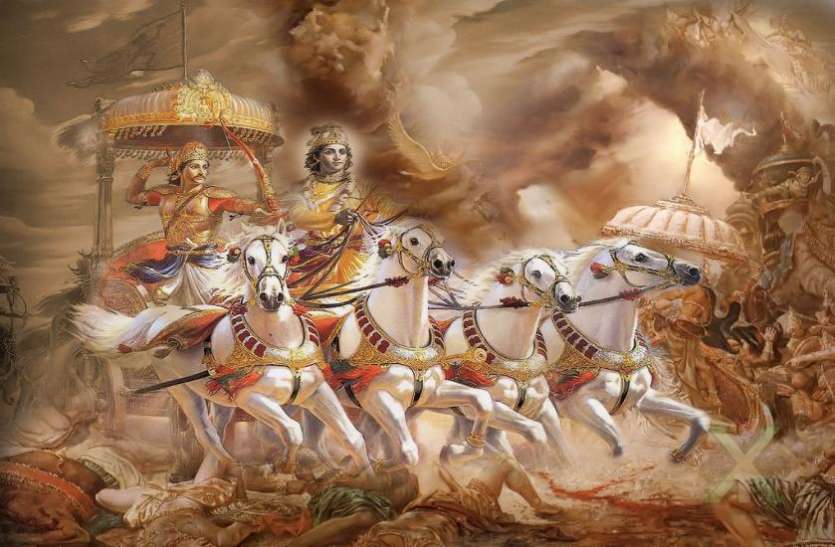
Is ‘Gray’ a bad thing?
With the onset of Kaliyug after the death of King Parikshit (and to some puranas when Krishna left earth to settle in Vaikunth) the ‘good’ and ‘evil’ shrank to oneself. No more different worlds or different lands or different individuals but one. And it is mind-boggling to see how the gulf between these two entities has been amalgamated through the various stages of Hinduism.
But why is the concept of Gray only being acknowledged in ‘Kaliyug’, the duration which is distinctly stamped as a period of ‘sins and debauchery’. And does it make Gray bad?
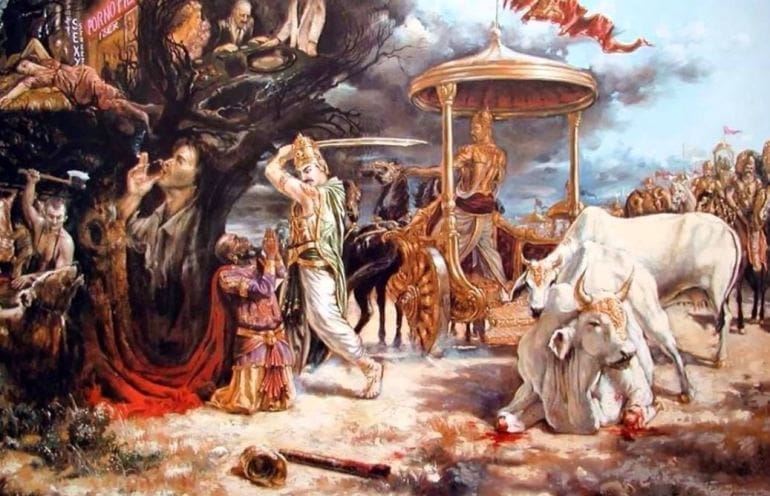
It is important to acknowledge the fact that ‘evil’ doesn’t exist. It’s only the different shades of Gray that have been there throughout the beginning of time. It’s important to change our perspective regarding ‘evil’ because it’s all Gray. And Gray is good. We all are enigmas, living, breathing paradoxes with our own darkness and light. But the day when we will be able to not put a label on darkness and light, that will be the day when we would truly understand ‘Gray’. Because darkness is not bad and light is not good. They are just ‘them’. And when they mix together, Gray fills color.

Be the first to comment